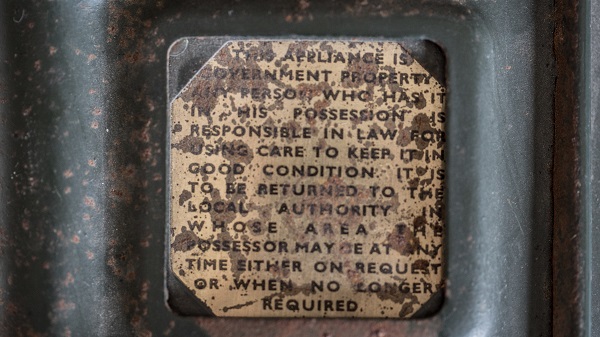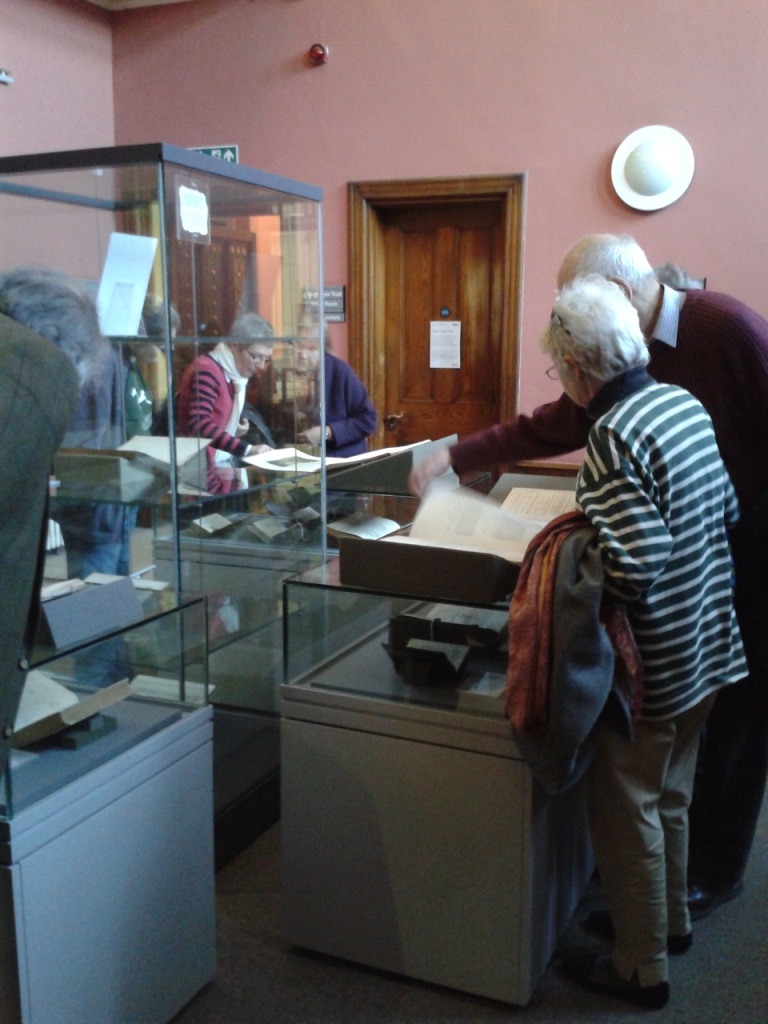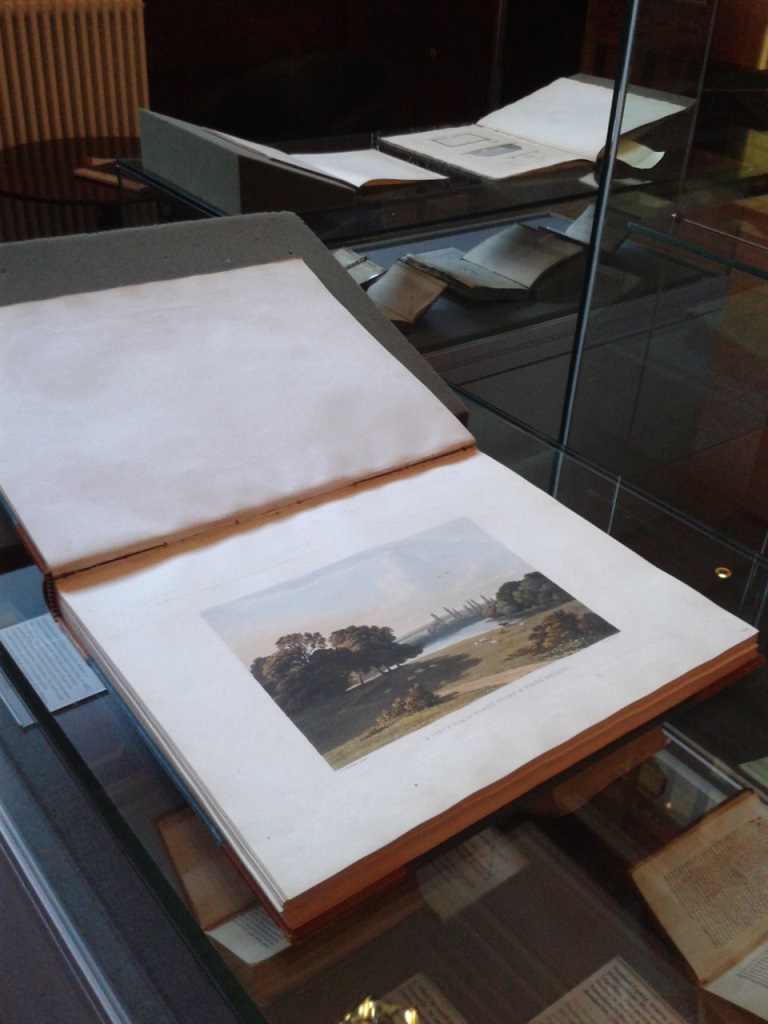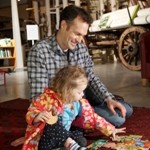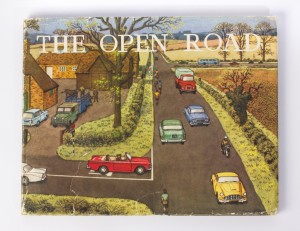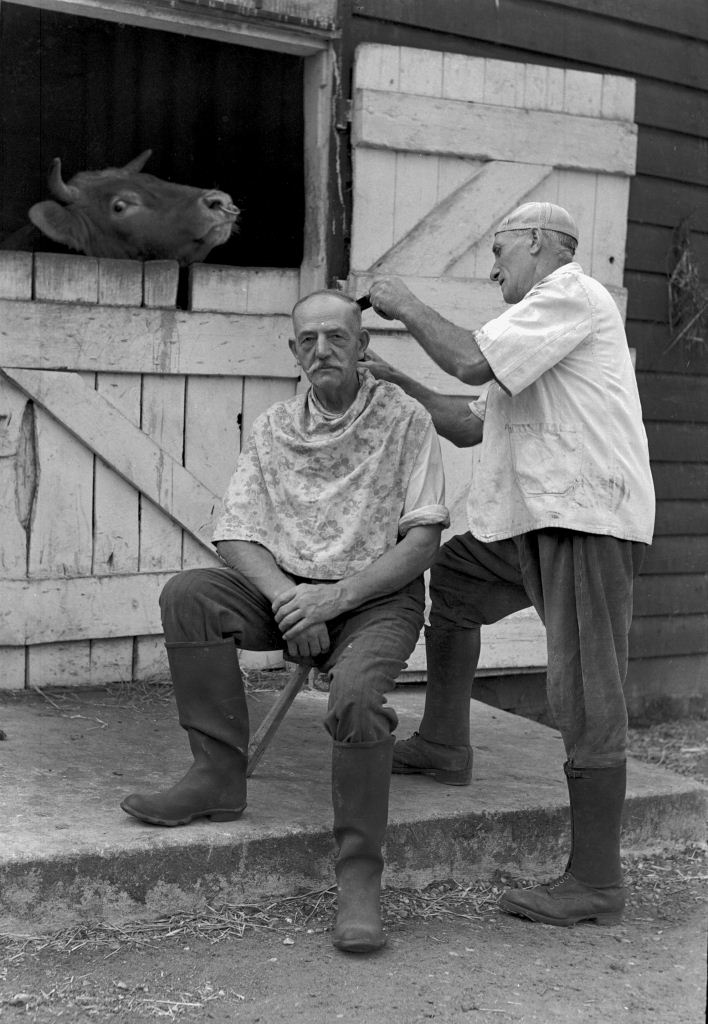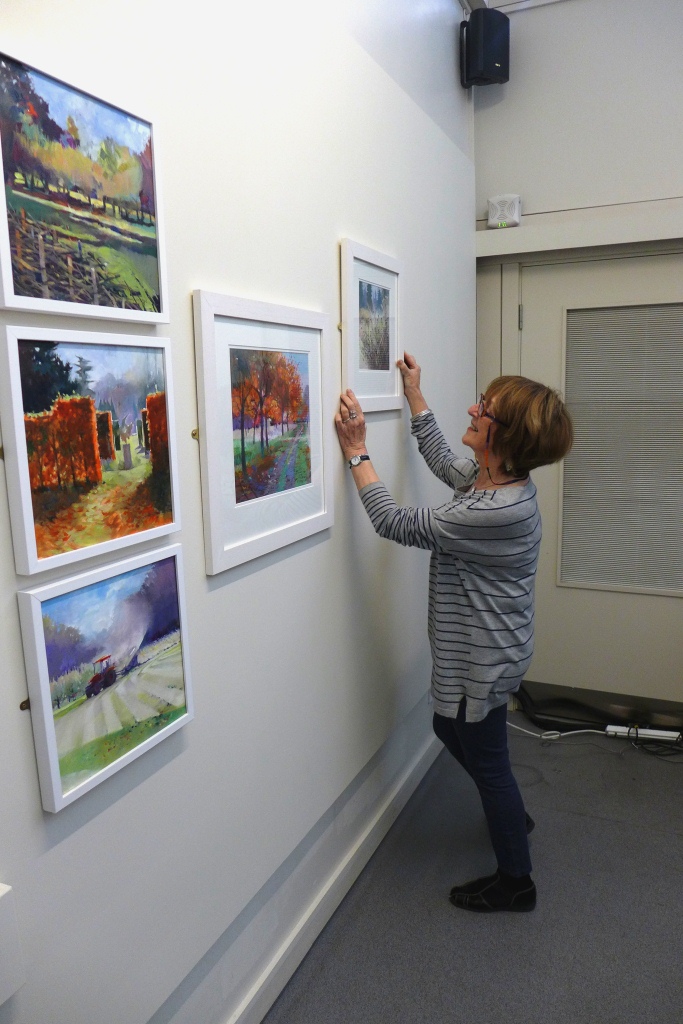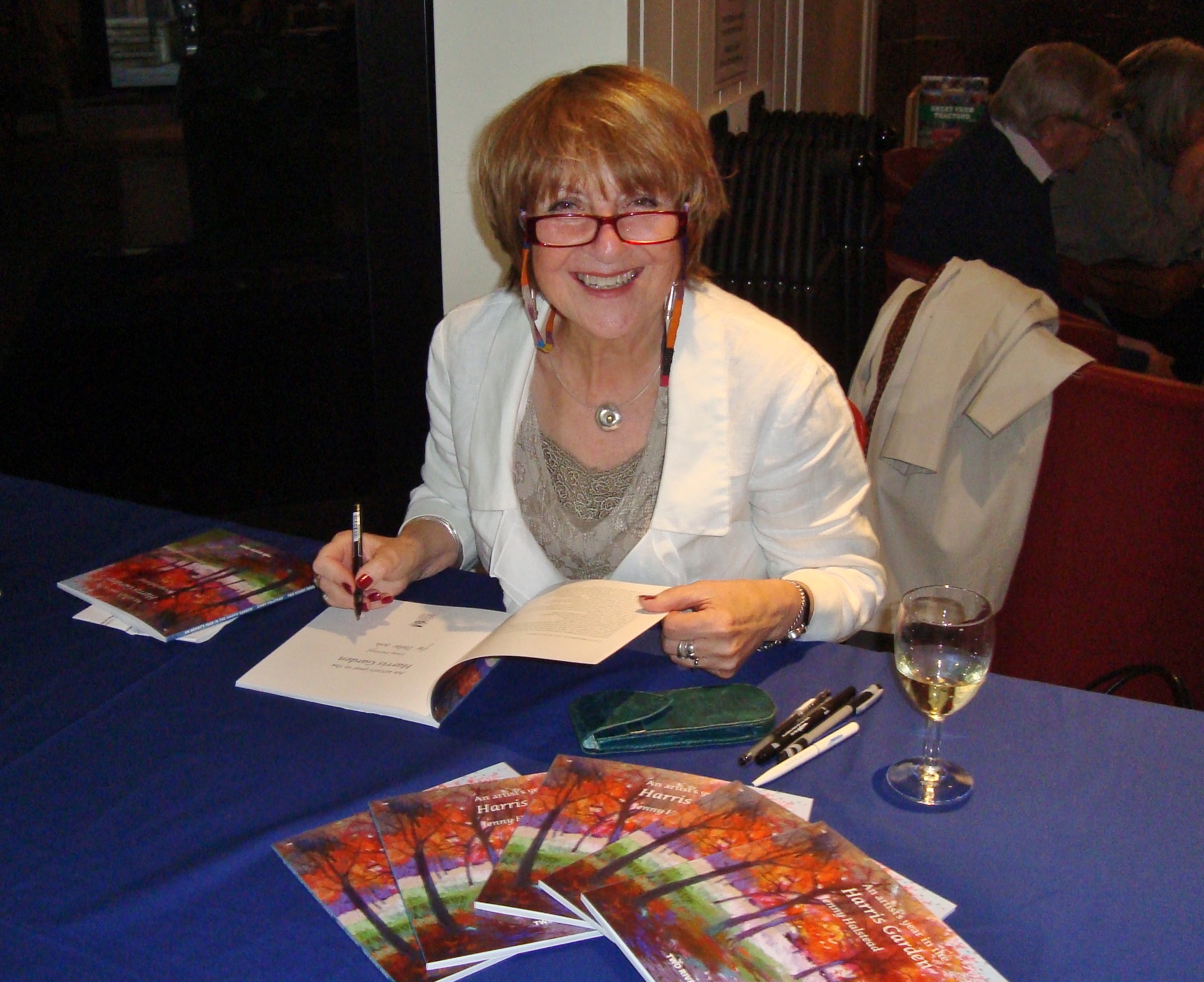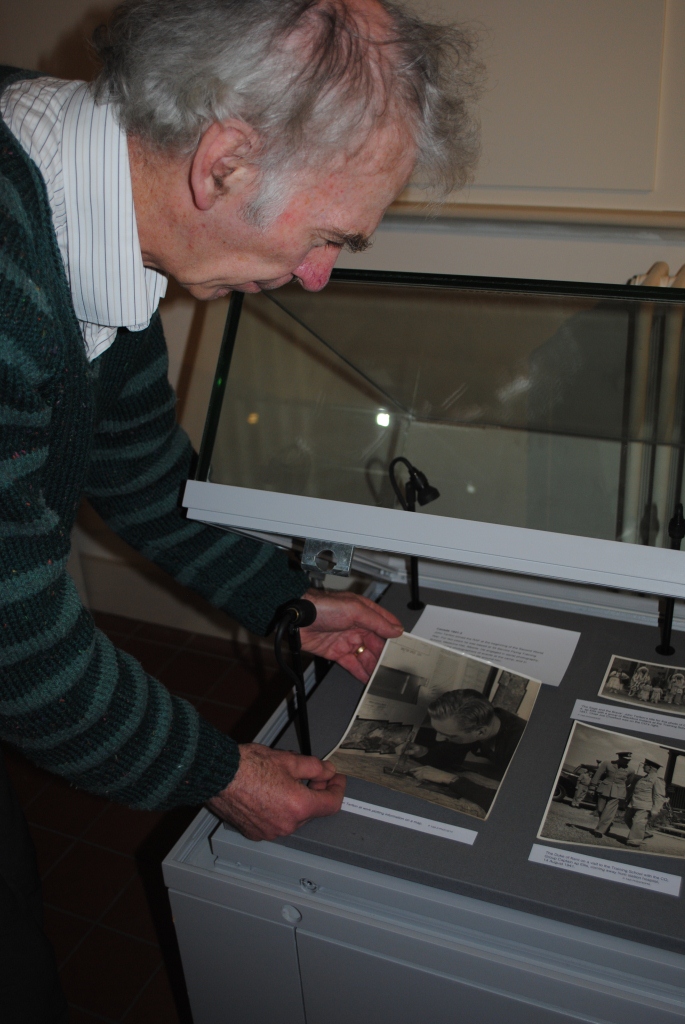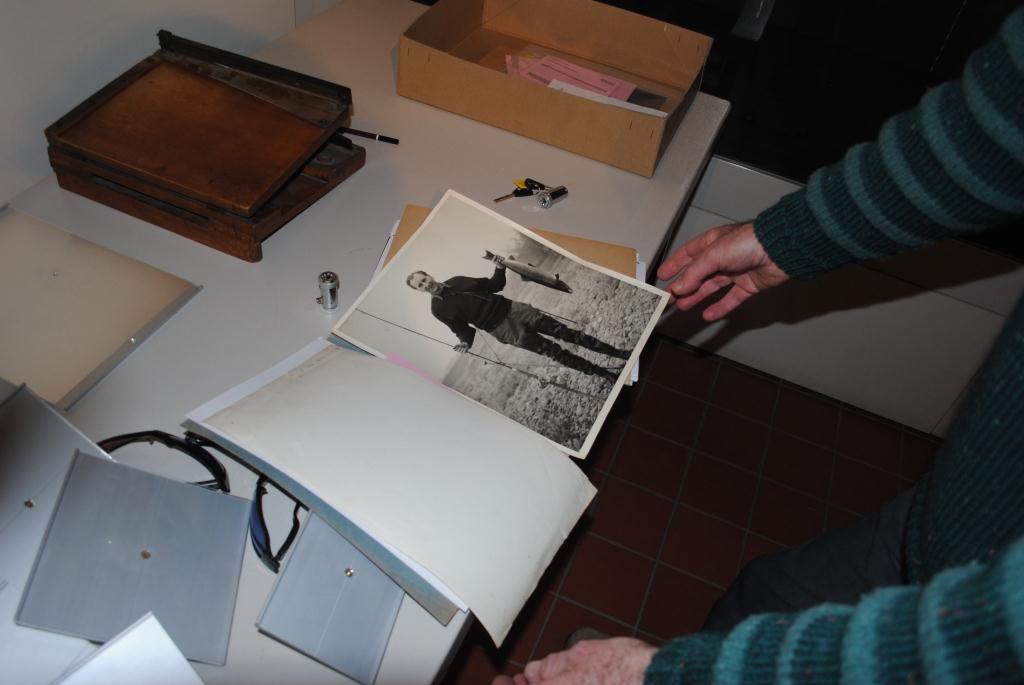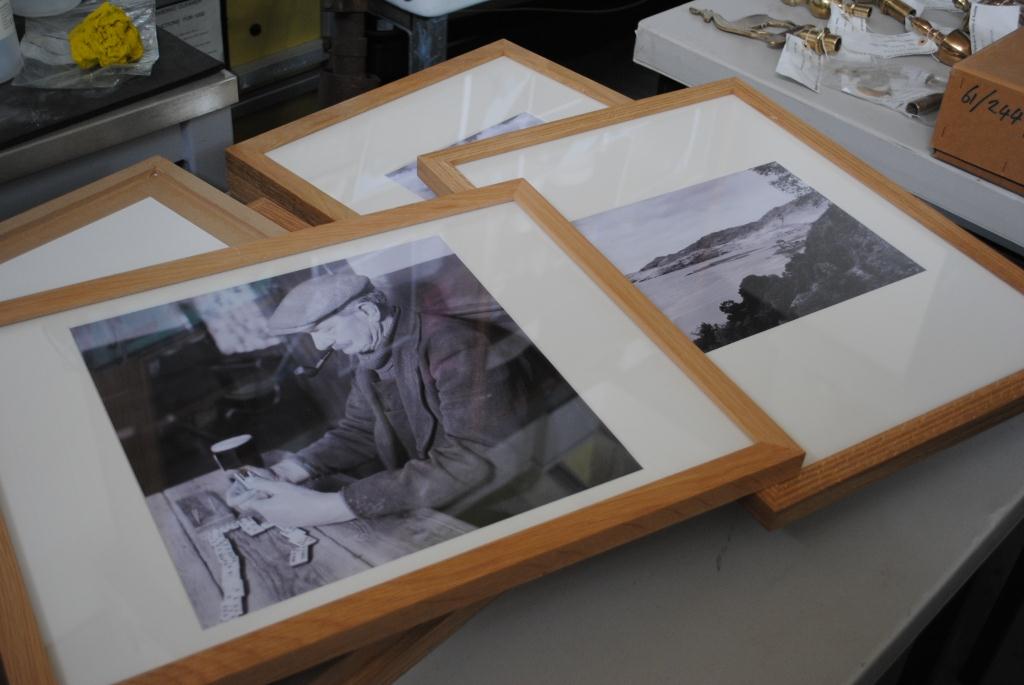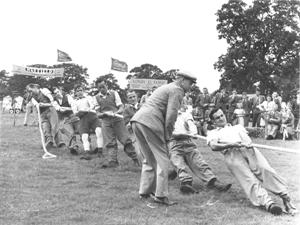Members of the public are to be given a rare glimpse of original artwork from one of the hidden gems among the University of Reading’s special collections.
The Ladybird Archive, held by the University’s Special Collections Services, contains thousands of individual items, including original artwork and cover designs from hundreds of Ladybird books – perhaps the most iconic series of books for children published in the 20th century.
Now the University’s Museum of English Rural Life (MERL) is hosting a new exhibition that looks at just one of these classic pieces of artwork – exploring not just the artistic, historical and social relevance of the work, but exploring what individual copies of the books tell us about their owners, and about how we can begin to explore the history and impact of this image through artefacts, other children’s books, and by simply looking at and thinking about it.
‘What to Look For? Ladybird, Tunnicliffe, and the hunt for meaning’ opens on Saturday 6th October and runs until April. It will explore different ways of interpreting a single image from the Ladybird book ‘What to Look For in Autumn’, written by E. L. Grant Watson and first published in 1960. The image is a watercolour of a rural scene by celebrated artist Charles Tunnicliffe.
Ollie Douglas, who is curating the exhibition, said: “The University is lucky enough to hold more than 700 boxes of original artwork from these iconic children’s books in the Ladybird Archive – but in this exhibition we’re focusing on just one image.
“We will be exploring how the picture was reproduced, not only in subsequent editions of the book, but also in multiple copies of the same edition. We’ll be looking at the things that it depicts and exploring the words that were written to run alongside it.
“Not only does every book tells its own story – some battered and dog-eared, others marked with inscriptions or scribbles – but every image and page within a book can tell us different things. This exhibition is all about the many different ways that there can be of ‘reading’ books.
“We hope visitors to the exhibition will be left not only with a greater understanding about Ladybird books, the history of their production and publication, and their depictions of rural life, but thinking about what books as objects can say about us.”
ENDS
For more information or to organise interviews, contact Pete Castle at the University of Reading press office on 0118 378 7391 or p.castle@reading.ac.uk.
Notes to editors
About the Ladybird Archive: The collection comprises 700 boxes of original artwork, proofs and some documentation from the 1940s to the 1990s, including examples of the work of notable artists such as C.F. Tunnicliffe, Rowland Hilder and Allen Seaby. The collection covers the wide range of subjects Ladybird published, ranging from What to Look for in Spring to Transformers: Laserbeak’s Fury.
Ladybird books were first produced during the First World War by Wills & Hepworth, a jobbing printer. Initially they were simply children’s story books but after the Second World War the firm started to produce educational books which increased sales enormously. Remarkably, the price stayed the same at 2s 6d from 1945 to 1971, a feat achieved by strict production rules and increasingly large print runs.
About MERL and Special Collections: MERL, the Museum of English Rural Life, is dedicated to the spirit of the English countryside and its people. A national centre for research and information, it explores life and work in the countryside over the last 200 years and includes a collection of more than 22,000 objects and an archive of over a million photographs, films, books and records that reflect the changing face of farming and rural society.
The University of Reading’s Special Collections include substantial and varied collections of rare books, archives and manuscripts. Two of the University’s collections – the Beckett Collection and the combined records of British publishing and printing – have been recognised as being pre-eminent collections of national and international significance.
More information from www.reading.ac.uk/MERL >>>



